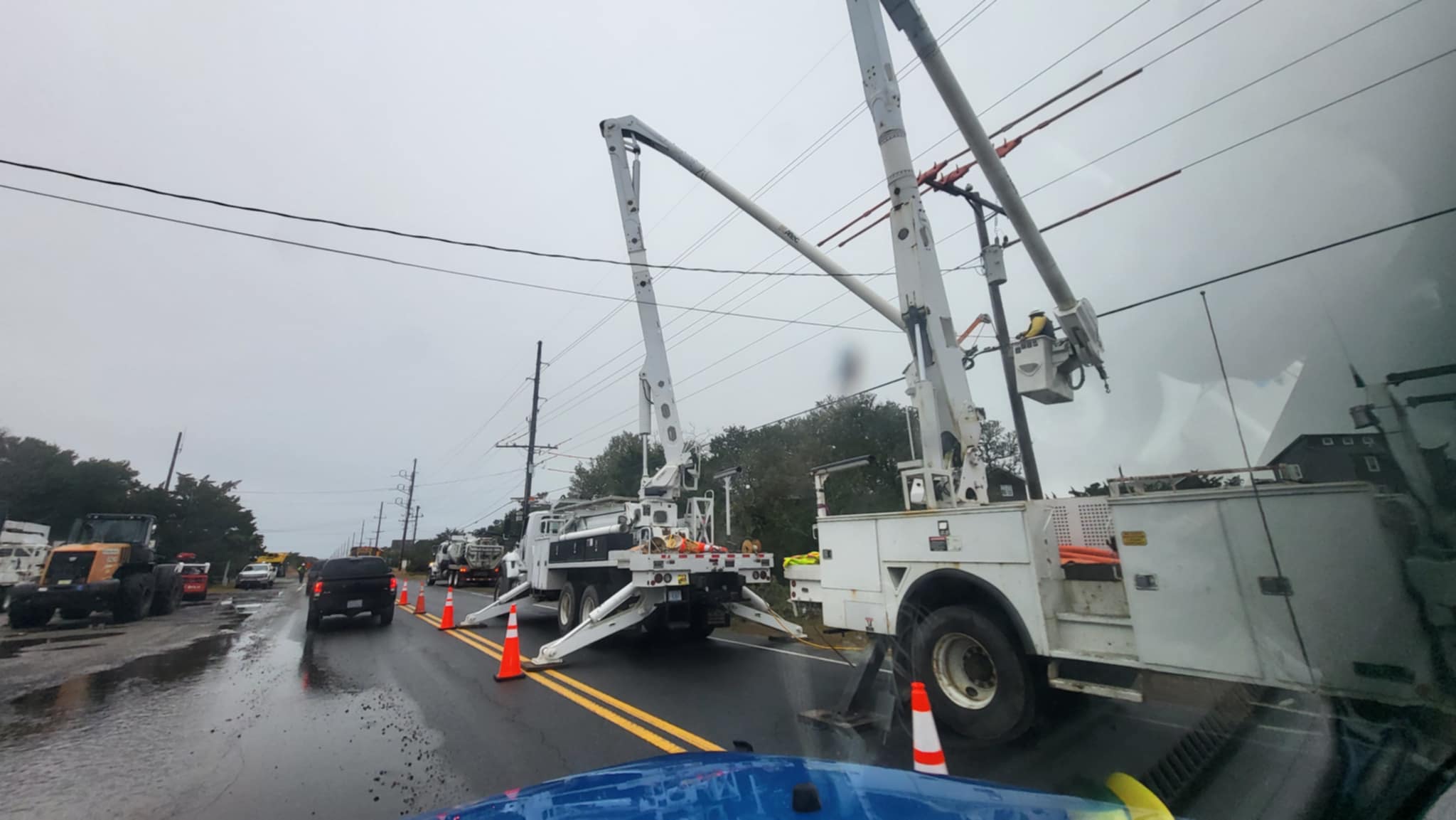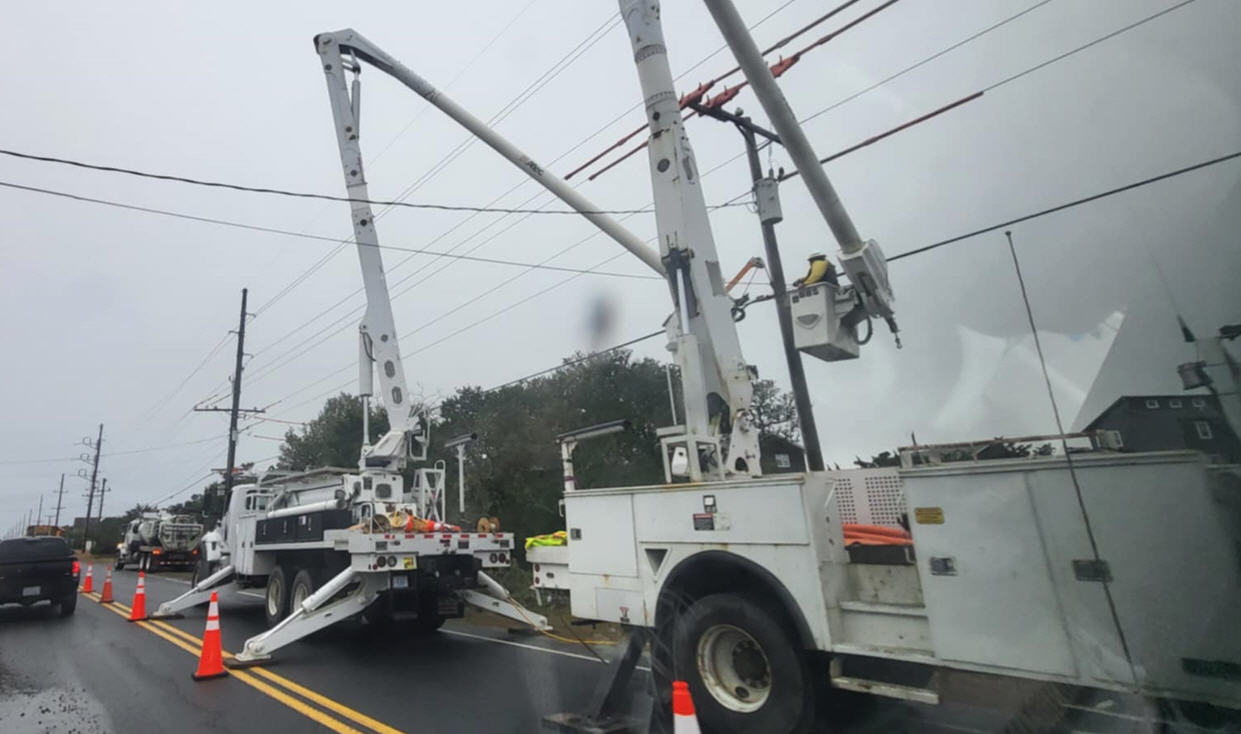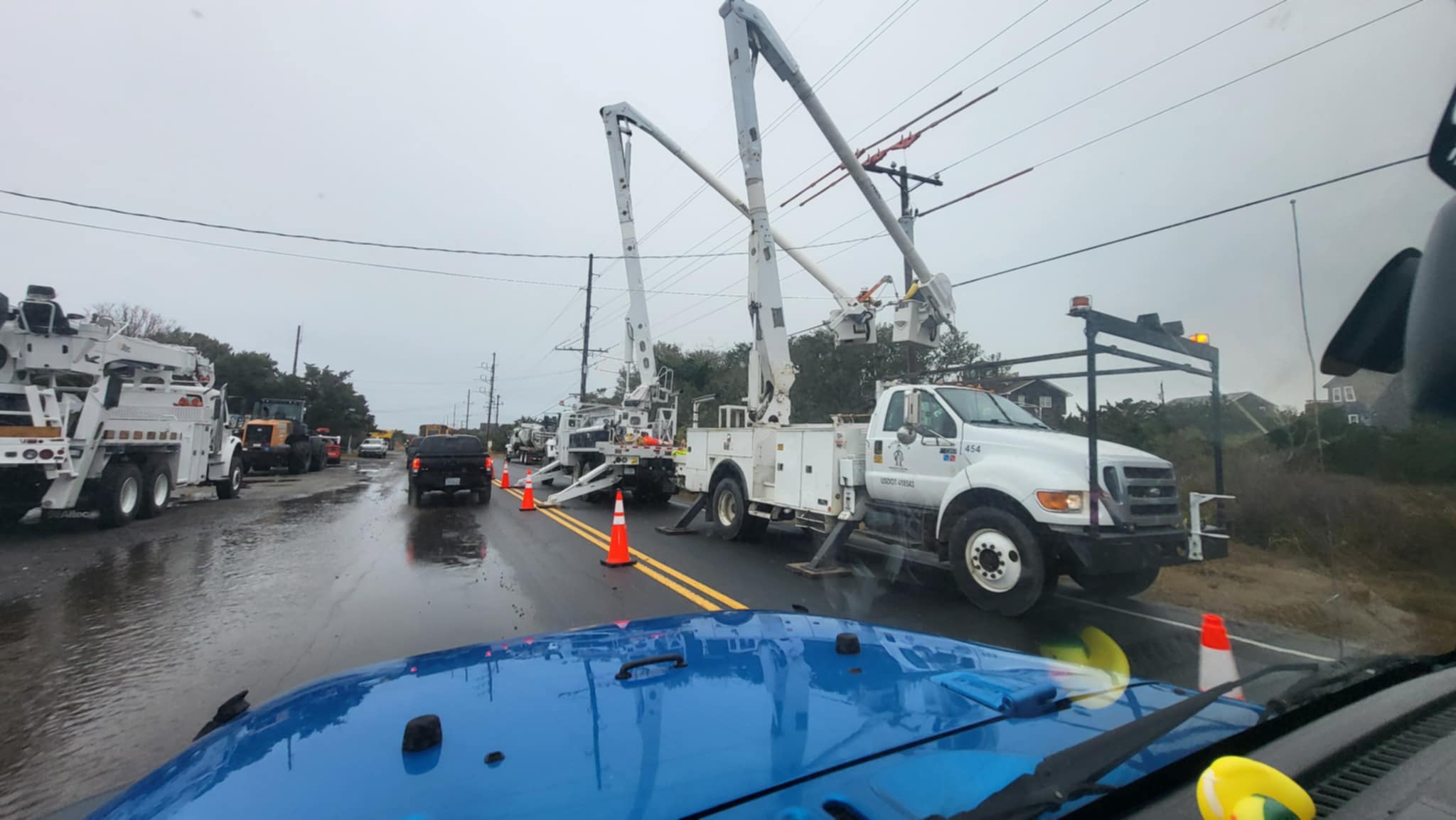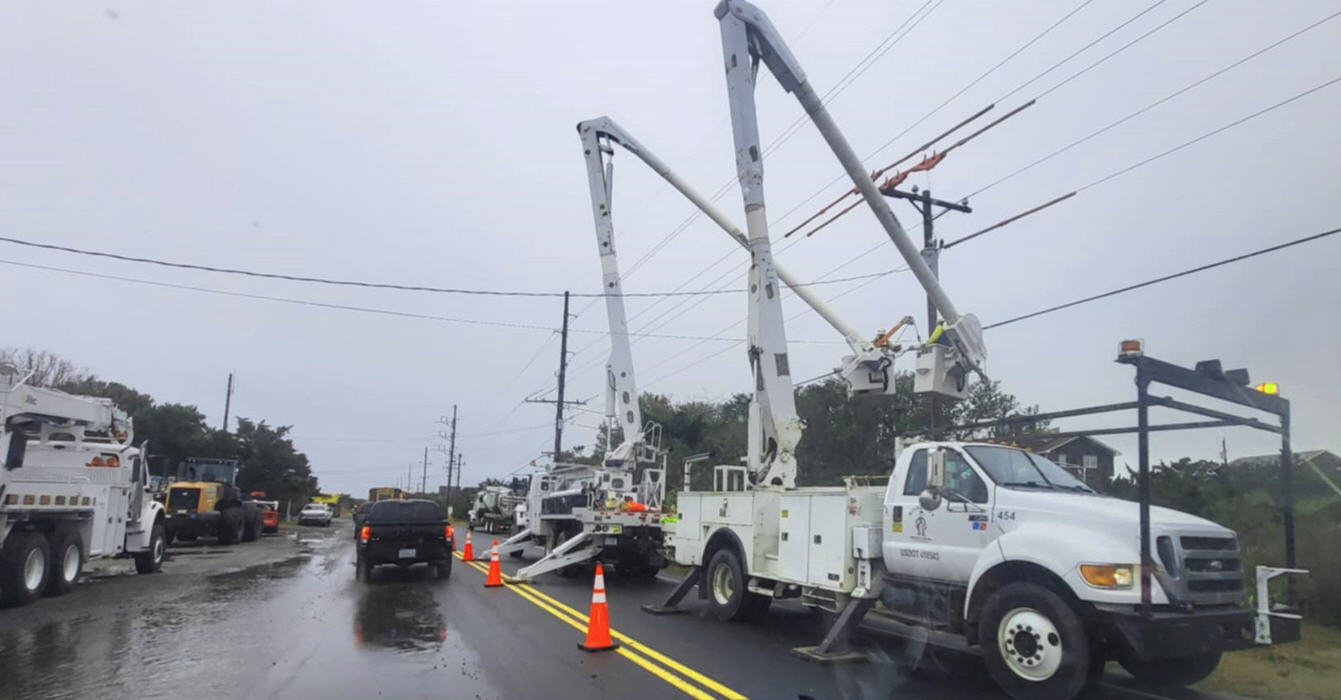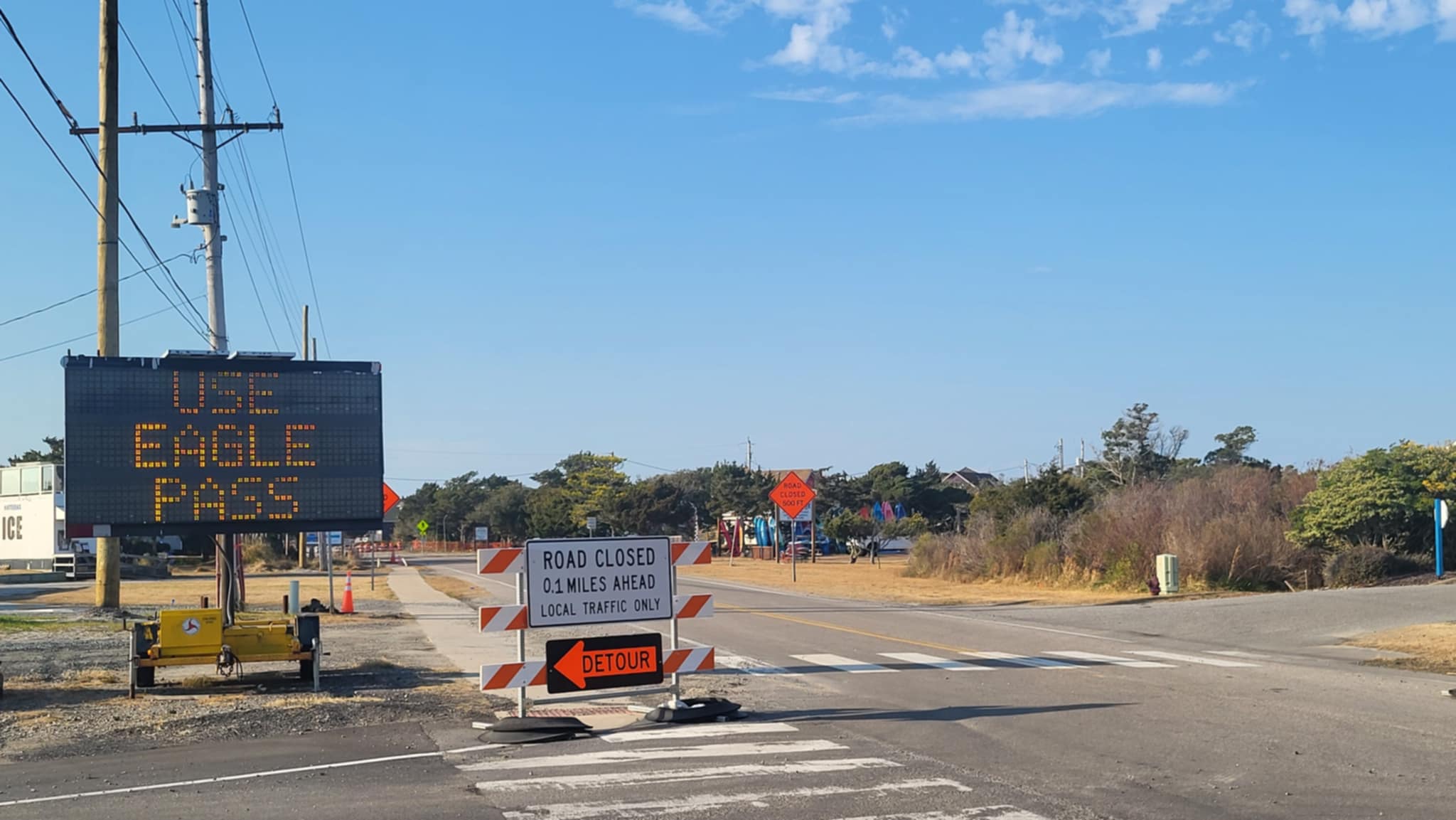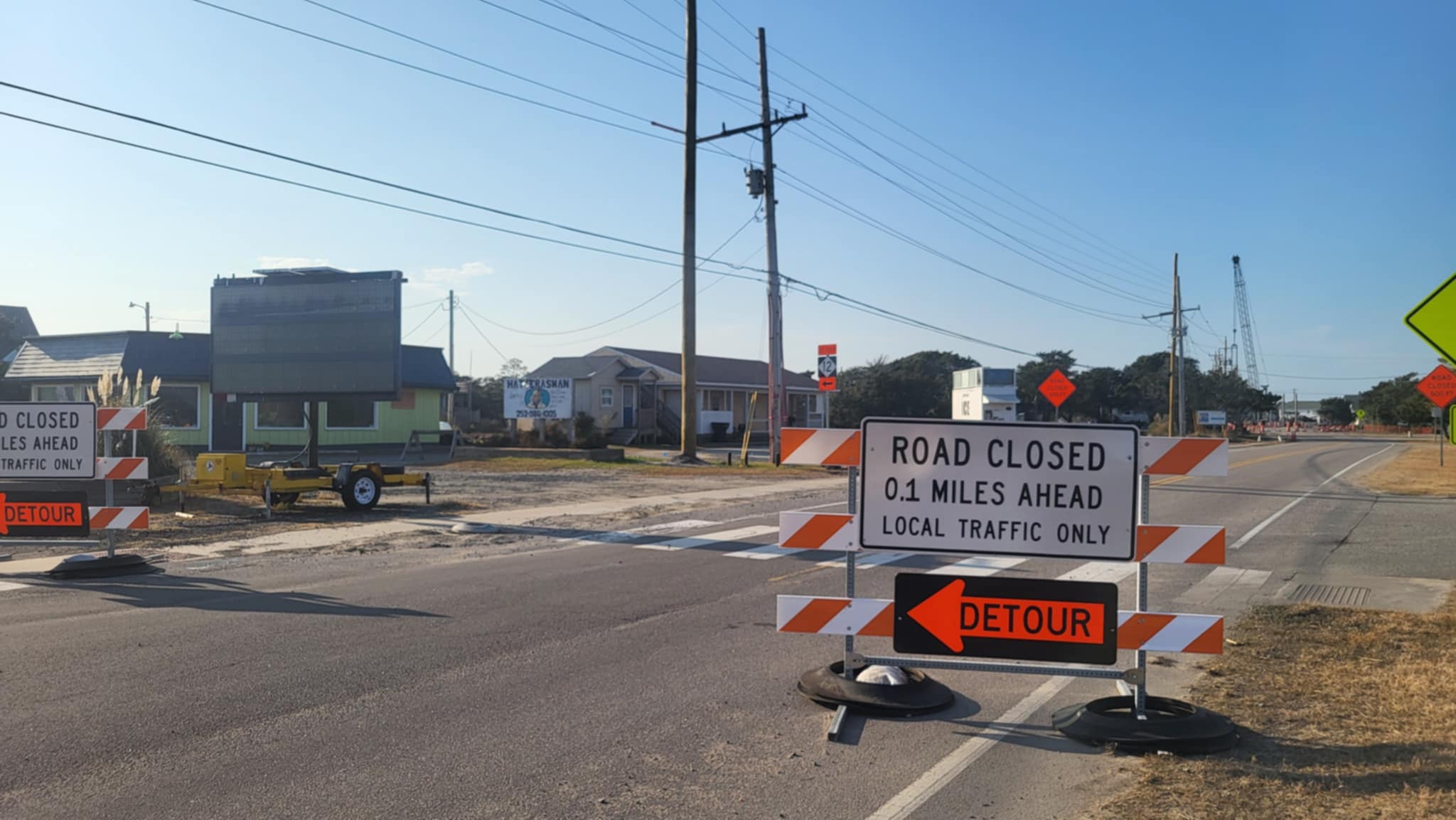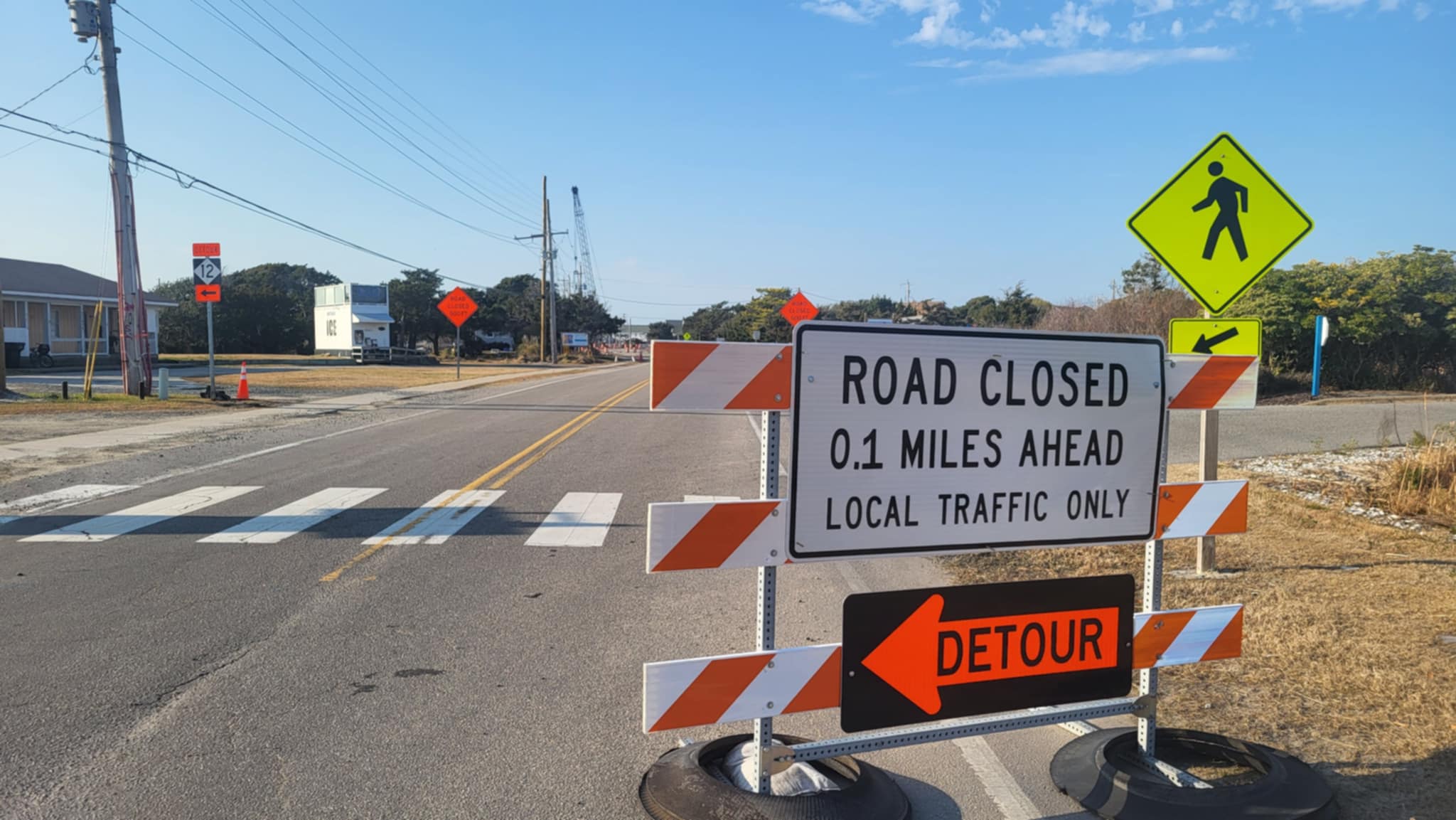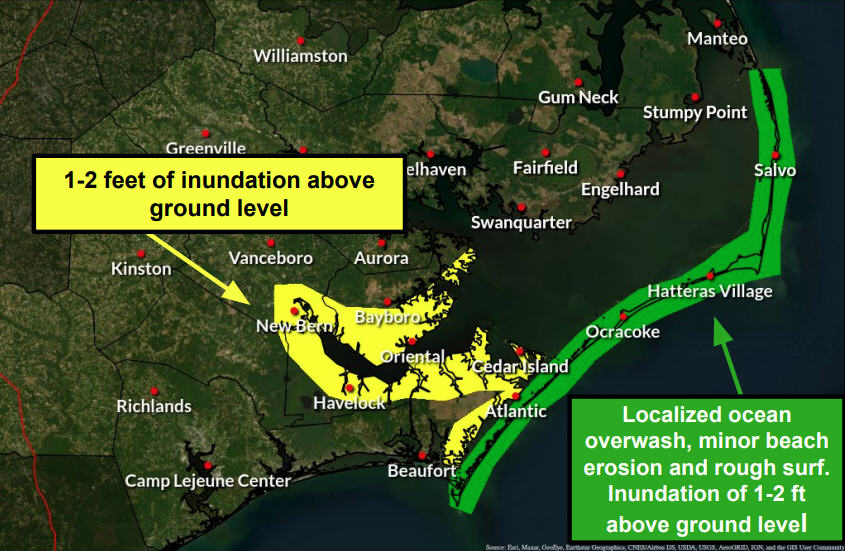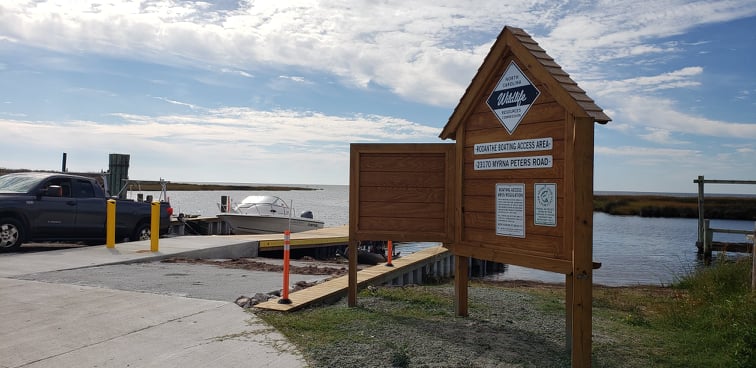Sheriff’s office now has technology to catch the perps quicker
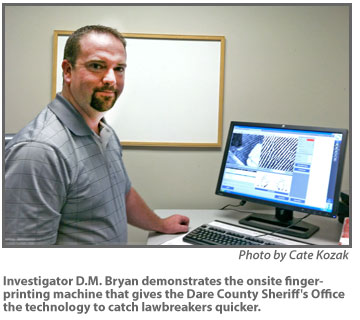
An onsite fingerprint reading machine and database at the Dare County Sheriff’s Office has the potential to help decrease the frequency of breaking and entering crimes that plague the Outer Banks in the winter.
By shortening the time for analysis of prints from months to days, the technology provides an especially useful tool to track down repeat offenders and connect suspects to numerous break-ins, said Sheriff J.D. “Doug” Doughtie.
Doughtie said that the sheriff’s office acquired an Automated Fingerprint Identification System, known as AFIS, last year and trained investigator D.M. Bryan to operate the machine and examine prints sent to him by local police departments and the sheriff’s offices in Dare and Currituck counties.
“When we have a break-in, the prints we send to the state lab – it can take 18 months to get it back,” Doughtie said. “He may be able to do it in two to three days without a problem.”
The approximate $80,000 cost for the system was paid for by a state grant from the Governor’s Crime Commission, he said, with matching funds provided by Sheriff’s Office drug seizure revenue. Dare now has one of the 34 or so of the AFIS systems used in North Carolina.
Bryan, latent examiner investigator, said that the technology is the same as used in the state lab and has access to the same data. There are about 1.5 million to 1.75 million fingerprint cards in the state database, he said.
But examination of prints is a lot more precise and involved than depicted on television crime shows, he said, and the machine does not flash when there is a match. In fact, the machine does not actually narrow down a match to a single suspect – that is up to the examiners’ eyes and expertise.
When a person touches something, Bryan explained, there is an exchange of moisture, amino acids, oils and chlorides that occurs.
If a print – from fingers, toes, palms or feet — is found, the investigator will pick it up with a lifter, a small hinged device with adhesive. From that, Bryan enters the print into the machine, which enlarges it with a camera. He then examines the print for minutiae , like ridges, that makes each person’s prints distinctive. Ideally, he will find more than six unique points, which he then enters into the machine.
AFIS will then search for a match of the distinctive points of prints that were filed previously, and provide 10 possible matches. Bryan will then re-examine the prints. If he believes there is a match, he will call on another trained examiner to give his or her assessment.
Significantly, he said, the examiners are looking for mismatches.
“We have to prove it’s the same, with no differences,” Bryan said. “There’s no room for error rates. That’s why we verify our work.”
Bryan said that with time-sensitive cases, he feasibly could nail down a match in as little as a day. Of the 125 cases he has analyzed so far, he said, about 20 have led to suspects being located.
But again, unlike in Hollywood and on TV, crime scenes are not riddled with useable prints that solve crimes.
“It’s not as often as you may think,” Bryan said about locating prints. And even if there are prints at the scene, they often belong to the victim. But the technology has gotten so advanced, he said, that prints on skin, clothing and food can now be found through light and/or chemical analysis, although it is still too expensive for most crime labs.
Bryan said having the ability to examine prints and compare them with those in the state database has been a big time saver. But as far as his part in solving and prosecuting crimes, Bryan said, he takes the lessons of fingerprint analysis seriously.
“If you don’t stick to the science,” he said, “you will lose in court.”
Doughtie said that he believes the technology will really help speed up arrests of suspects in the annual rash of off-season break-ins, especially on isolated Hatteras Island.
Bryan has already helped solve a string of break-ins in the island’s tri-villages by examining a print found on a window at one crime scene, he said.
“He made a great case on somebody we had no idea was doing anything,” the sheriff said. Not only was the suspect connected to the theft of a safe in Stumpy Point, he was also connected to crimes in other counties. With the speed that the in-house AFIS technology provided, an arrest could be made before additional crimes were committed, or the suspect disappeared.
“It was all because of that one fingerprint,” Doughtie added.









